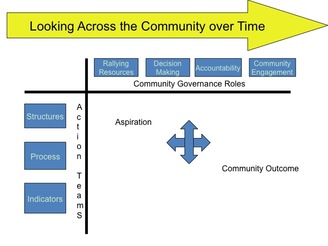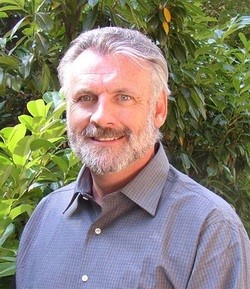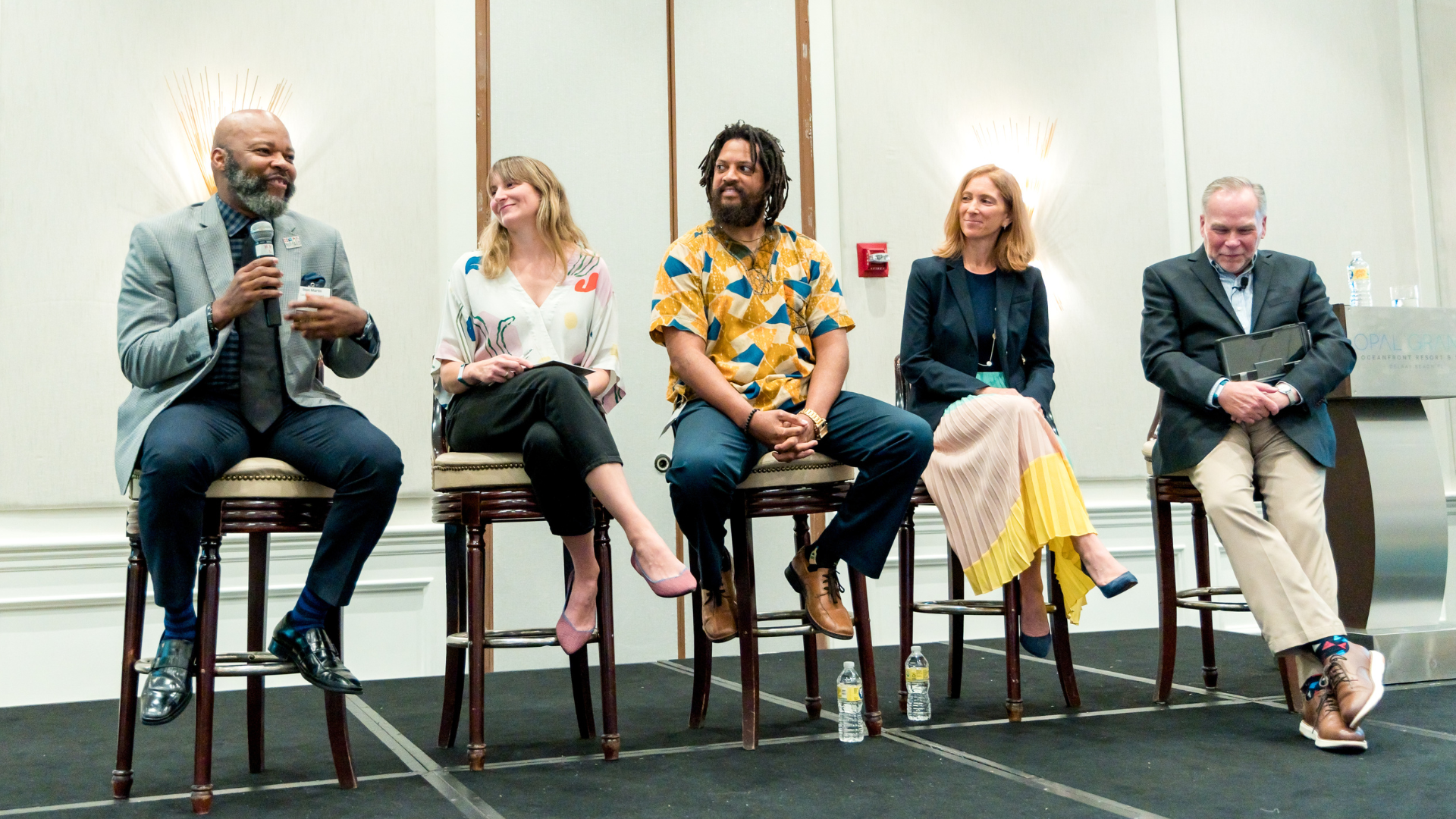Much has been written about “backbone organizations” and “community support organizations” when Working Differently or seeking Collective Impact. And their core task of keeping the work structured and moving forward is extremely important, especially as we move our needed involvement to cross sectors. Action teams are developed to address each of the targeted outcomes.
Whereas each action team should have at least 50% participation by people who are not subject experts and don’t make their living in the field being discussed. The Community Governance body should be dominated by these neutral participants. As we discuss below, Community Governance has four levers at their disposal to insure the achievement of outcomes.
Looking at the chart, the work of the action teams are summarized on the left verticle axis, where as the value-add of Community Governance is along the horizontal axis.
Each Action Team decides how to implement structures, processes, and measures to achieve the outcomes, while Community Governance looks at how to organize resources, decision making, accountability, and community engagement to support the work of the Action Teams in a coherent fashion in order to optimize achieving outcomes for the community.
For example, if the outcome is “All children are ready for kindergarten,” the action team agrees on a definition of readiness (structure), plans a way for all kindergarteners to be assessed—whether at preschool, at the pediatrician, at home, etc.—with the same readiness assessment tool (process), and chooses an assessment tool to be implemented (measure).
Meanwhile, Community Governance, lets call it the Steering Committee, informed by the Action Team’s decisions, will leverage the following to ensure success:
Resources
Steering Committee members may seek direct donations from corporate and individual participants, identify and pursue grant opportunities, suggest ways to realign existing funding streams. The emphasis should on leverage funding: i.e., that funding which would not be possible with out the Working Differently effort. For example, in the k-ready outline above, investing in an assessment tool for all of the providers might have more impact than funding more slots in a fragmented system. If the test for an effective measure is to answer the question “How will we know?” Then test for the type of resource addition considered here should concentrate on those areas of funding which “but for” the Working Differently process would not be attainable.
The Steering Committee is uniquely positioned to seek corporate funding articulated as a form of investment rather than a charitable donation. Decatur, Illinois, rallied resources from Caterpillar, ADM, Staley, and others by engaging representatives of those companies in the community aspiration process. The companies could then connect their funding of community work to their business goals, such as a workforce prepared to help the companies succeed. Shelby County in Indiana took the same approach with Hospital Corp and Duke Electric.
Decision Making
Steering Committee members will invite participants to the Action Teams that bring neutrality and/or expertise. They will evaluate the Action Team’s decisions according to whether these plans get to the outcomes?
Accountability
Steering Committee members ask, “What are our measures going to be? How will we know that we’re making progress?” They make sure each Action Team has a rigor and discipline about how we will hold ourselves accountable to achieve outcomes.
Engagement
The Steering Committee understands that community ownership is necessary for success, so they continually seek ways to get the word out and involve more people. They intentionally go out into the community to build engagement and to present a unified picture of the community’s aspiration and plans. (If each Action Team does this, it runs the risk of falling back into the fragmented picture of the past). The Steering Committee uses the Internet, local media, community meetings, and presentations to school boards, hospital boards, faith-based groups, and so on.





